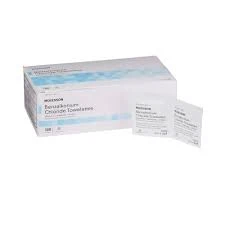use of poly aluminium chloride in water treatment
The Use of Poly Aluminium Chloride in Water Treatment
Poly Aluminium Chloride (PAC) is a widely used coagulant in water treatment processes. Its efficacy in removing impurities from water has made it a popular choice for both municipal and industrial applications. As an inorganic polymer, PAC offers several advantages over traditional coagulants like alum, particularly in terms of performance and cost-effectiveness.
One of the primary functions of PAC in water treatment is to aggregate suspended solids. When added to water, PAC reacts with natural impurities, causing them to clump together and form larger particles, or flocs. This process enhances sedimentation, allowing the flocs to settle more rapidly and facilitating easier removal from the water. The result is clearer, cleaner water that meets safety and quality standards for consumption.
PAC is particularly effective in a variety of water sources, including surface water, groundwater, and even wastewater. Its versatility is one of the key reasons why water treatment facilities worldwide prefer it. Additionally, PAC operates efficiently over a wide pH range, making it suitable for use in diverse water quality conditions.
use of poly aluminium chloride in water treatment

Another significant advantage of using PAC is its lower dosage requirement compared to traditional coagulants. Because of its higher charge density, PAC can achieve better coagulation at lower concentrations. This not only reduces chemical costs but also minimizes the volume of sludge produced during the treatment process. The decreased sludge volume is particularly beneficial for treatment plants, as it lowers disposal costs and environmental impact.
Moreover, the use of PAC helps in improving the removal of dissolved organic matter, color, and turbidity from water. This is crucial for ensuring that the treated water meets regulatory standards and is safe for public consumption. In various studies, PAC has shown superior performance in removing micro-pollutants and pathogens, further enhancing water quality.
The production of PAC is also more environmentally friendly than that of some other coagulants. It generates less chemical waste during production and use, aligning with the growing emphasis on sustainable practices in water management.
In conclusion, the application of Poly Aluminium Chloride in water treatment represents a significant advancement in the field. Its effectiveness, cost efficiency, and minimal environmental impact make it a preferred choice for water treatment facilities around the globe. As the demand for clean water continues to rise, the importance of effective coagulants like PAC will only grow, paving the way for innovations in water purification technologies.
-
LK-319 Special Scale And Corrosion Inhibitor For Steel Plants: Advanced Solutions for Industrial Water SystemsNewsAug.22,2025
-
Flocculant Water Treatment: Essential Chemical Solutions for Purification ProcessesNewsAug.22,2025
-
Isothiazolinones: Versatile Microbial Control Agents for Industrial and Consumer ApplicationsNewsAug.22,2025
-
Scale Inhibitor: Key Solutions for Water System Scale PreventionNewsAug.22,2025
-
Organophosphonates: Versatile Scale Inhibitors for Industrial Water SystemsNewsAug.22,2025
-
Scale and Corrosion Inhibitor: Essential Chemical Solutions for Water System MaintenanceNewsAug.22,2025





